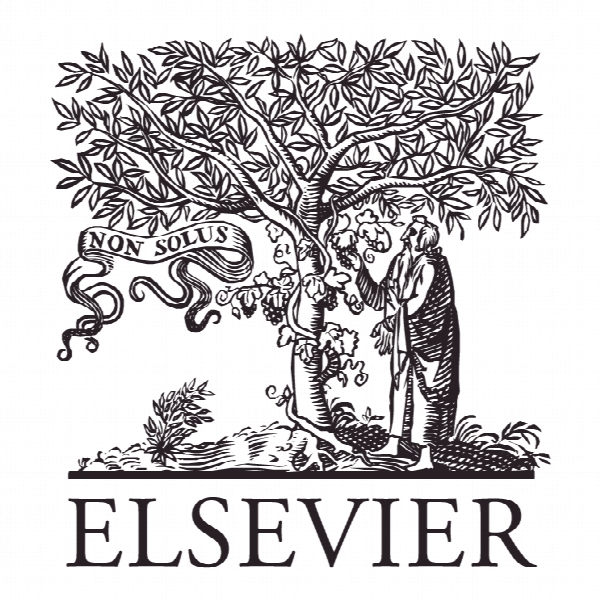نمایش تجربیات لوکس برای درک روش مصرف پایدار مد: کاربرد نظریه تعادل Staging luxury experiences for understanding sustainable fashion consumption: A balance theory application
- نوع فایل : کتاب
- زبان : انگلیسی
- ناشر : Elsevier
- چاپ و سال / کشور: 2017
توضیحات
رشته های مرتبط مدیریت
گرایش های مرتبط بازاریابی
مجله تحقیقات بازاریابی – Journal of Business Research
دانشگاه بازاریابی مد، گروه پوشاک و منسوجات، یونسی، جمهوری کره
نشریه نشریه الزویر
گرایش های مرتبط بازاریابی
مجله تحقیقات بازاریابی – Journal of Business Research
دانشگاه بازاریابی مد، گروه پوشاک و منسوجات، یونسی، جمهوری کره
نشریه نشریه الزویر
Description
1. Introduction For decades, fashion companies have been criticized for unsustainable conduct that negatively impacts environmental quality and human well-being by producing high levels of carbon emissions, poor labor conditions, excessive waste, and chemical usage (Luz, 2007). To address these concerns, some fashion companies are developing sustainable products and business practices (Jang, Ko, Chun, & Lee, 2012), a sustainable or eco-fashion movement (Gwilt & Rissanen, 2011). Sustainable fashion lacks a single definition; however, the concept broadly refers to a range of corporate undertakings to “correct a variety of perceived wrongs in the fashion industry including animal cruelty, environmental damage, and worker exploitation” (Lundblad & Davies, 2015, p. 149). Sustainable fashion’s major challenge remains that “fashion customers are hungry for goods…Low prices, good design, good quality fashion clothing items, coupled with an exciting shopping leisure experience on the cheap, mean an increase in purchases, which is difficult to reconcile with the idea of looming environmental Armageddon” (Gwilt & Rissanen, 2011, p.21). Although fashion consumers profess sustainability concerns, their actual consumption behaviors poorly reflect such responsibility (Chan & Wong, 2012; Joy, Sherry, Venkatesh, Wang, & Chan, 2012; McNeill & Moore, 2015). Consequently, this study offers a novel perspective to show how marketers might educate contemporary consumers to become more strongly oriented toward sustainable fashion products consumption (SFPC). Specifically, informed by recent applications of Heider’s balance theory (e.g., Hsu, Dehuang, & Woodside, 2009; Martin & Woodside, 2011) and luxury brand experiences in marketing (Atwal & Williams, 2009; Pine & Gilmore, 1998), a participatory action investigation (Ozanne & Saatcioglu, 2008) investigates young fashion consumers in South Korea regarding their SFPC attitudes and practices. Results support the proposition that consumers are in constant state of psychological imbalance, an attitude–behavior gap, between their sustainability concerns and their own SFPC. Developing and staging memorable consumer-centered experiences allows marketers to encourage more positive SFPC orientations and help achieve a balanced state (Pine & Gilmore, 1998).


